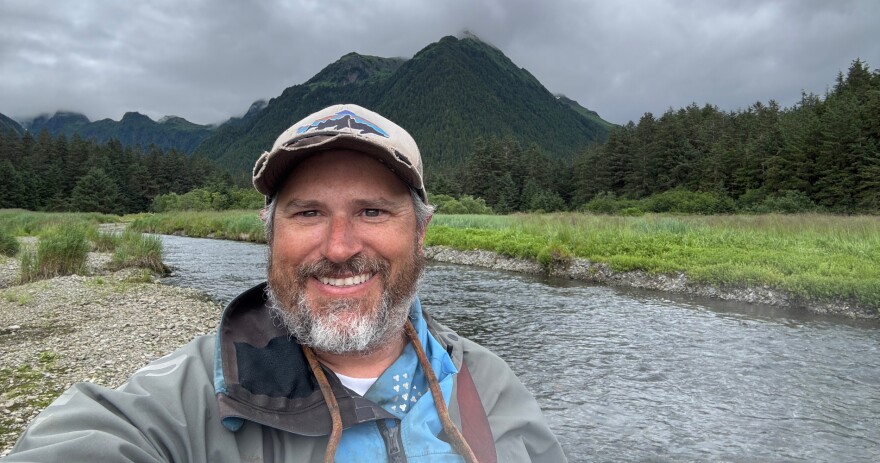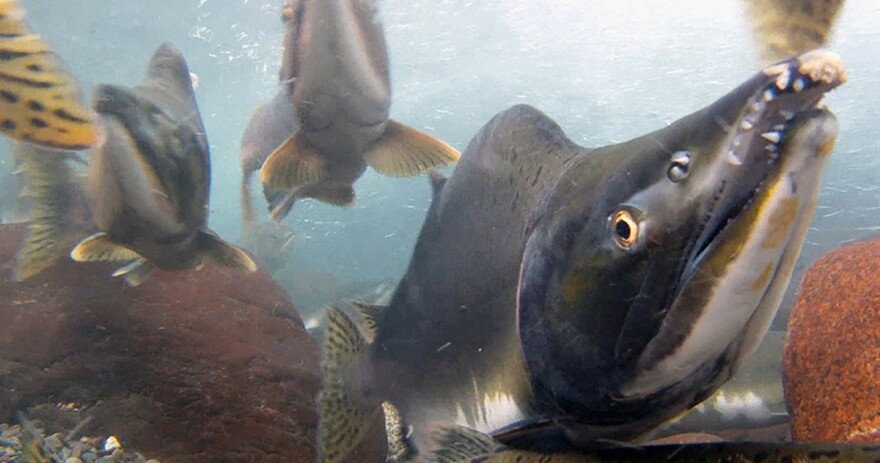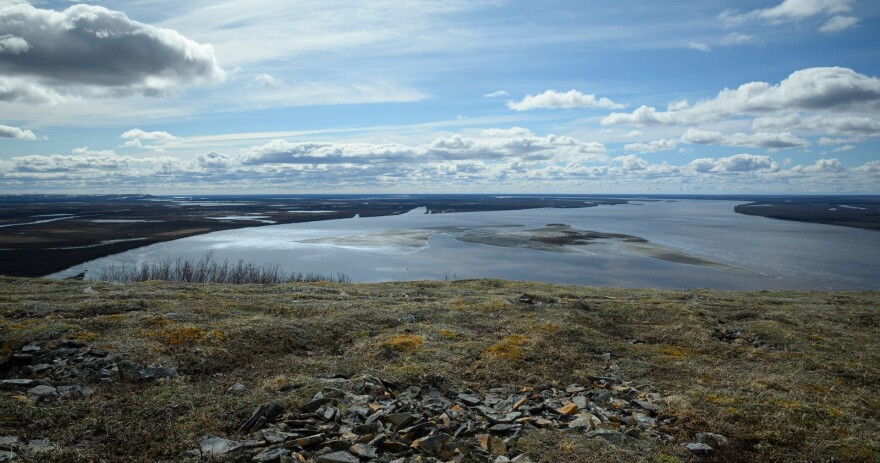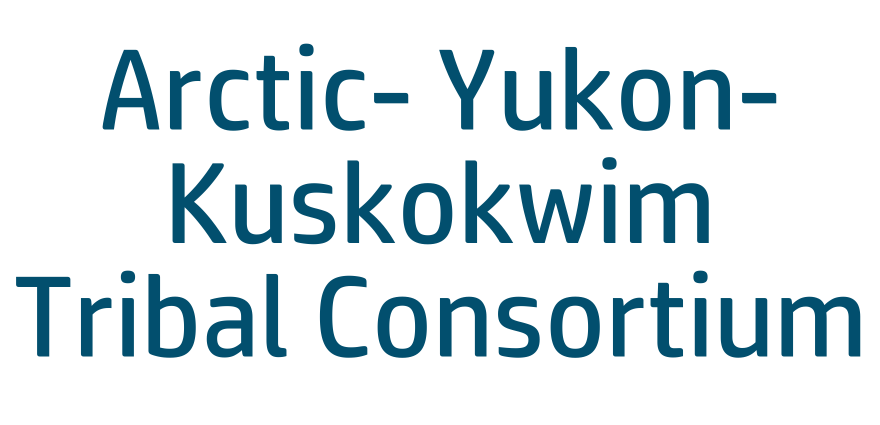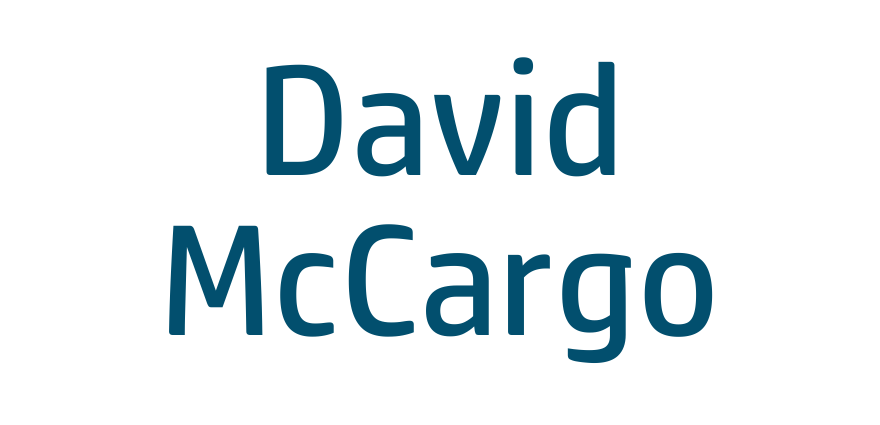Trouble at Sea
You can access the Trouble at Sea discussion guide here.
Despite having the most prolific remaining wild salmon runs on Earth, Alaska leads the world in salmon hatchery production. The state’s modern hatchery industry began in the 1970’s as a way to boost commercial salmon harvests. Today, salmon hatcheries are a way of life here. Alaskans catch hatchery fish to fill their dinner plates and freezers. Commercial fishermen net hatchery salmon by the millions—providing one-quarter of the value of the state’s salmon harvests and generating more than $500 million annually in the process.
Hatcheries in Alaska—along with facilities mainly in Russia and Japan as well as Korea, Canada, and the Pacific Northwest—release around five billion young salmon into the North Pacific each year. This production comes at a cost. Hatchery salmon weaken wild fish genetics through interbreeding and compete with wild salmon for food. And there is evidence they are playing a role in reshaping ocean food webs from plankton to whales.
Trouble at Sea explores ecological ripple effects of salmon hatcheries and asks Alaskans to engage in hard conversations about the future of our changing oceans.
--Miranda Weiss

